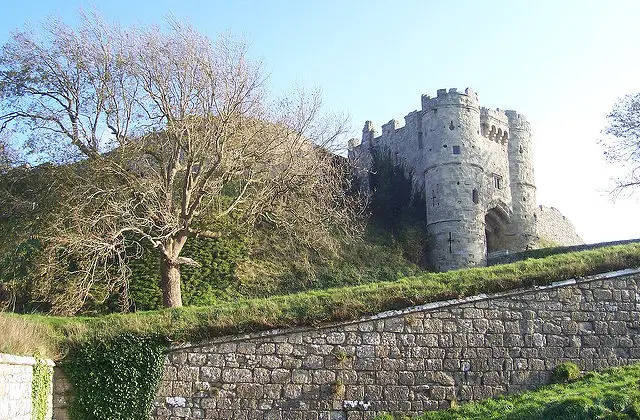English Heritage have said they’re considering appealing to the Supreme Court after the Court of Appeal found in favour of an Isle of Wight holidaymaker who fell down the 12 foot moat at Carisbrooke Castle.
Ian Taylor (69) from East Grinstead won the right to ‘massive’ damages from English Heritage after the incident in April 2011.
Whilst viewing the cannons with his family, Mr Taylor strolled away and was a short while after found unconscious at the bottom of the moat. He suffered head injuries.
Considering Supreme Court appeal
Tracey Reed, Historic Properties Director at English Heritage, told OnTheWight,
“We are disappointed with this decision and we are considering taking the case to the Supreme Court. We take the safety and care of our visitors very seriously indeed and take all reasonable steps to ensure that safety – this was an unfortunate one-off incident. Carisbrooke Castle is a castle which by their very nature feature steep slopes, ditches and banks.
“There are already clear warning signs at Carisbrooke and there has not been an accident like this before or since. This is a case which turns on very specific facts and we are reassured by the judge’s assertion that we are not required to place unsightly signs all over the castles of England.”
Failed to put up warning signs
Judge David Blunt QC said English Heritage were to blame for the accident, because they’d failed to put up warning signs on the artillery platform or path.
At the hearing of the case, Lord Dyson said the threat of the steep drop into the moat was not made obvious to visitors at Carisbrooke Castle, just one of 380 properties managed by English Heritage.
Reasonable steps not taken
Lord Dyson reportedly accepted that English Heritage faced “difficult borderline decisions” about when to put up warning signs, but, in Mr Taylor’s case, the absence of a sign meant “reasonable steps” had not been taken to keep visitors safe.
However, Lord Dyson also added,
“The decision in this case should not be interpreted as requiring occupiers like English Heritage to place unsightly warning signs in prominent positions all over sensitive historic sites.”





